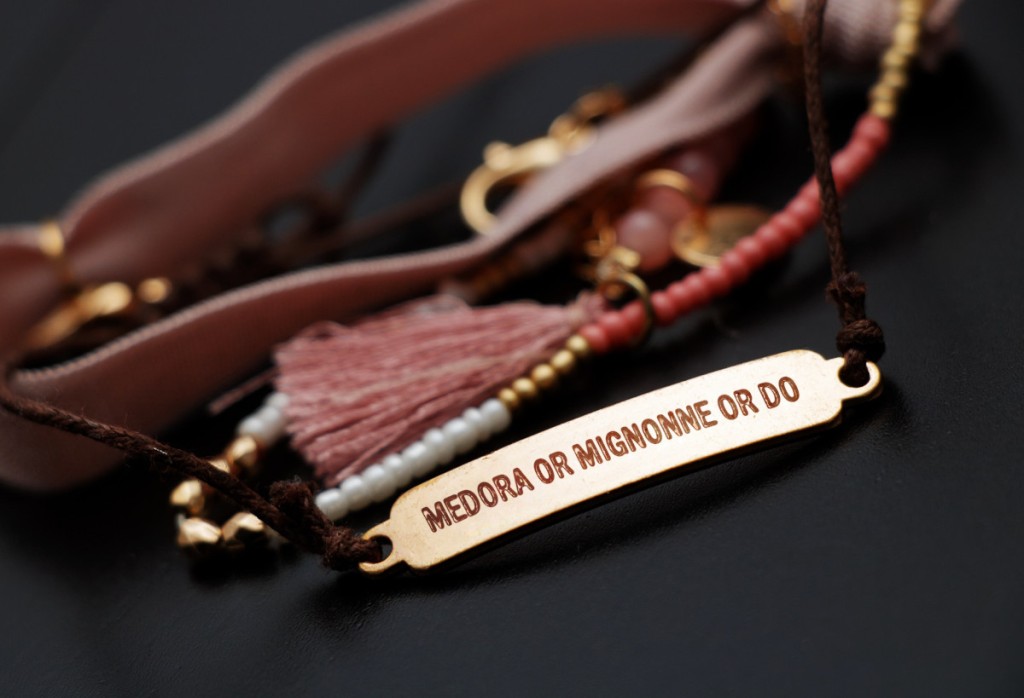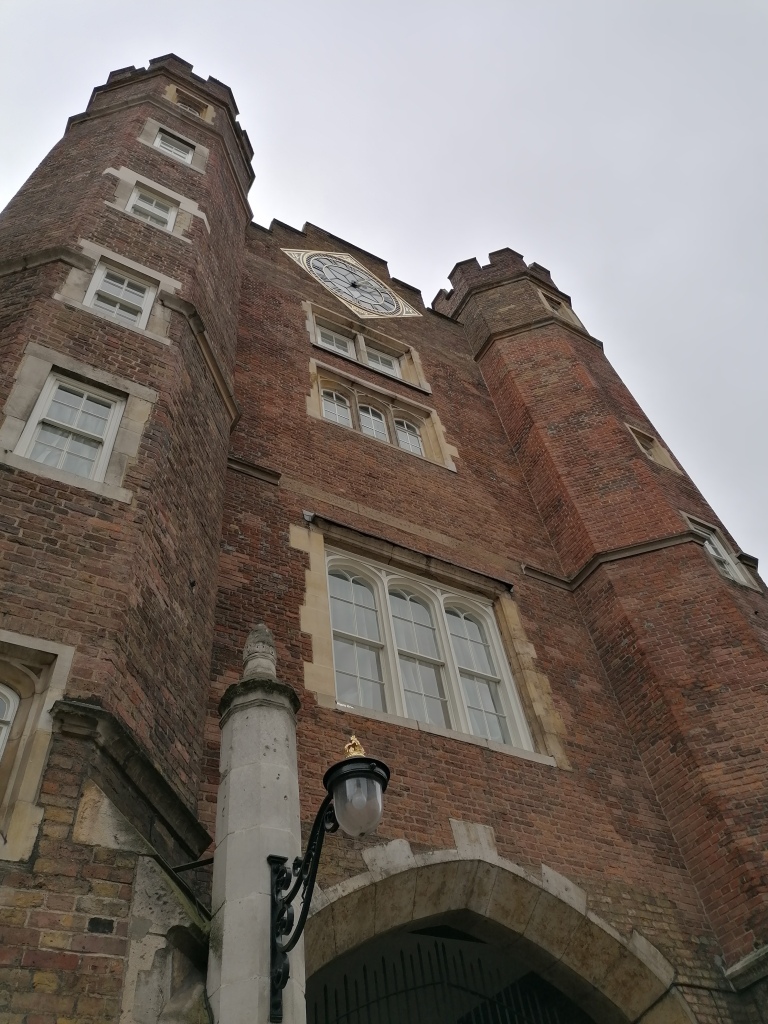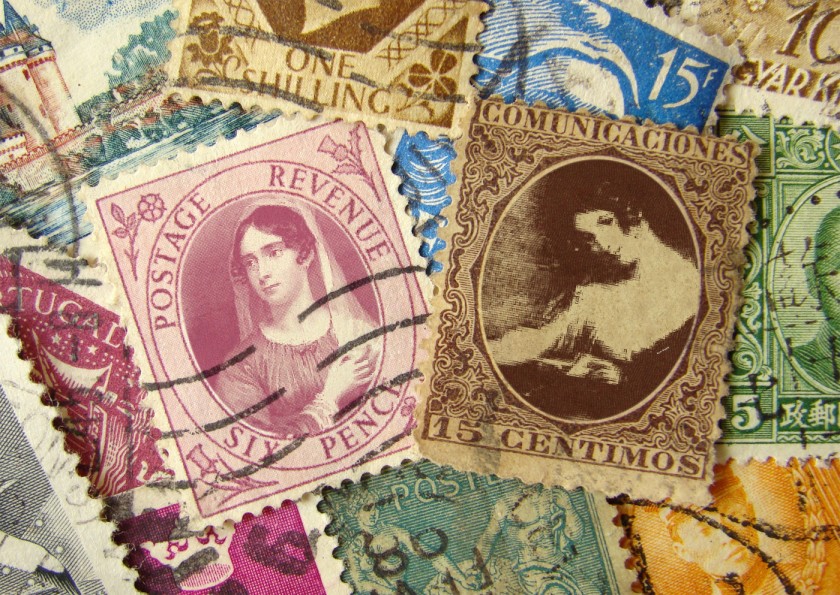‘I received a most kind and affectionate letter from Lady Byron, and money, with offers of protection for myself and my child, and the power of quitting a neighbourhood which was most painful to me.
This was in August 1840. I willingly and joyfully accepted these offers….
Lady Byron, proposed that I should accompany her to Paris, and remain with her for a time I did so…..at Fontainebleau…. Lady Byron informed me of the cause of the deep interest she felt and must ever feel, for me. Her husband had been my father…‘
The author of this missive is one Elizabeth Medora Leigh writing about the kindness of her aunt Lady Byron who had just informed her that her father was none other than the celebrated poet AND uncle, Lord Byron.
Born on this day April 15 in 1814, Elizabeth Medora was the fourth child of the Hon. Augusta Mary Byron and Colonel George Leigh and arguably THE most notorious.

Although the author Richard Edgcumbe in his book Byron The Last Phrase published by John Murray in 1909 advanced the theory that Medora was the natural daughter of a love affair between the poet and his childhood idol Mary Chaworth Musters – that is for another story entirely!
Gifted to the ‘Miss Byron from her affectionate Friend M. Elgin’ in 1782, Augusta recorded the births, marriages and deaths of her seven children in her family bible:
‘Elizabeth Medora Leigh born at the Six Mile Bottom April 15th 1814. Christened there, May 20th 1814 by the Revd. C. Wedge. Sponsors – The Dss. of Rutland Mrs. Wilmot & Lord Byron.‘
Six Mile Bottom was the Leigh family home in Newmarket and from 1813 until March 1815, Byron had enjoyed regular visits with his sister and her children in the frequent absence of the colonel who as an indiscriminate gambler and crony of the Prince Regent was more often to be found at one of the many racetracks dotted throughout England.
Like her reputed and famous father, Medora was to be a woman known by many names.

In a letter to Byron written when Medora was nearly nine months old Augusta had written:
‘My dearest B +
As usual I have but a short allowance of time to reply to your tendresses + …..
La Dame did talk so – oh my stars! but at least it saved me a world of trouble – oh! but she found out a likeness in your picture to Mignonne who is of course very good humoured in consequence +‘
As ‘Mignonne’ is a reference to Medora, this letter is often cited as evidence of Byron’s paternity with the other that Medora had been named after his heroine in The Corsair – a poem published to great success in February 1814.
However, Medora was also the name given to a very successful horse owned by none other than the Duke of Rutland and whose spouse was the godparent to the infant Medora.
Whatever the inspiration for her name, Byron’s attitude towards the reputed daughter by the woman he ‘most loved’ remains obscure; for throughout the winter of 1815 until April 1816 and as his marriage rapidly imploded, Augusta had also been living at Piccadilly Terrace in London and it would appear that she had brought only her eldest child, the favoured Georgiana as company.
Presumably, little Medora at just a year old was left in the care of her nurse along with her two siblings.
And after the brother and sister had said their farewells on Easter Sunday prior to his departure from England in 1816, he penned the following note:
P.S. – I can’t bear to send you a short letter – & my heart is too full for a long one – – don’t think me unkind or ungrateful – dearest A – – & tell me how is Georgey & Do – & you & tip – & all the tips on four legs or two – ever & again – & for ever thine
Lord Byron
‘Do’ is yet another name for Medora and as Tip was Augusta’s dog, we can but hope that the poor creature was known only by that particular name otherwise this may offer the most reasonable explanation yet for Augusta’s seemingly chaotic home!
Although Byron died in Greece in April 1824, Medora’s story really only begins in 1826 when at the age of twelve, she and her mother were the only guests present at the marriage of Georgiana to her third cousin Henry Trevanion at St James’ Palace in London.

However, by the time that Medora was sixteen years old she was pregnant with Henry’s child and rather than risk disgrace, the Trevanions along with Medora left for Calais and it was here that she gave birth to a boy who was born prematurely and later removed from her care.
Although Georgiana had blamed herself for the seduction of her sister, Medora continued to live with the Trevanions and in 1831 with Medora pregnant – she was finally removed from her sister’s care by their father Colonel Leigh and taken to Lisson Grove in London:
‘At 12 o’clock at night we were driven I know not whither until we arrived at a house where I was given into the charge of a lady.
The windows of the room into which I was put were securely nailed and fastened down, and there were outside chains and bolts, and other fastenings to the door.
There was a show and ostentation of a prison…‘
Incredibly, Medora and Henry Trevanion were to flee to the Continent shortly to an old chateau near Morlaix in France and in May 1834 she gave birth to their daughter Marie Violette.
The impoverished Henry was soon forced to return to England for money, however, upon his return some six weeks later; Medora had a change of heart:
Then I saw remains of what I had thought wholly extinguished – his passionate attachment to me. But I was no longer a child – I was twenty one; and two years’ experience had enabled me to know how to resist…
Medora

With the onset of tuberculosis and with no means in which to support herself or her daughter; Medora sought the assistance of Victor ‘Mr C’ Carrel in order to free herself from Henry:
‘I asked his aid to free me from the cruelty of one whom I had never really loved, and who by his conduct every day convinced me more and more of his worthlessness.
My greatest wish was to die away from him.‘
TO BE CONTINUED…
Sources used:
Augusta Leigh Byron’s Half-Sister – A Biography Michael & Melissa Bakewell (London: Pimlico 2002)
Byron’s Letters and Journals Vol 5 Ed: Leslie A. Marchand (London: John Murray 1976)
Lord Byron’s Wife Malcolm Elwin (London: John Murray 1962)
Medora Leigh; A History and an Autobiography Charles Mackay (General Books 2009)
The Uninhibited Byron An Account of His Sexual Confusion Bernard Grebanier (London: Peter Owen 1971)


I doubt Medora was born on Aptil 15, as Byron had already seen her when he returned to town on April 6th. He mentioned that mother and niece were doing well.
Nancy – Thank you for your comment.
The letter to which you allude was addressed to Lady M on April 8 1814 and convention indicates that he was making reference to Augusta’s first-born daughter Georgina who was his personal favourite.
As Augusta remained meticulous about recording the details of her off-spring – there is no reason to doubt the date of April 15 1814.